Gospel for Asia (GFA World) Special Report on the global problem of violence against women
![]() Written By Michelle Jimenez, GFA Staff Writer
Written By Michelle Jimenez, GFA Staff Writer
Geeta, a mother of two, lived in the slums and struggled to put food on the table every day with the meager 20 rupees her husband gave her. That amount equaled less than 50 cents at the time.
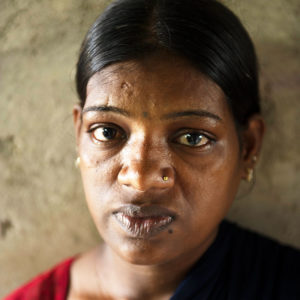
In the evening, Geeta’s husband would come home drunk, having spent most of his earnings on alcohol. When she did not meet his expectations for dinner, he’d bring out whatever stick, rod or bat he could find and beat her in his drunken anger.
What Geeta endured at the hands of her husband is the story countless women across Asia can share. The circumstances may be different, but the reality is the same. Throughout the centuries, women have silently suffered violence at the hands of their husbands who were supposed to love them, at the hands of their close and distant relatives who were supposed to care for them, and at the hands of strangers who were never supposed to have their hands on them in the first place.
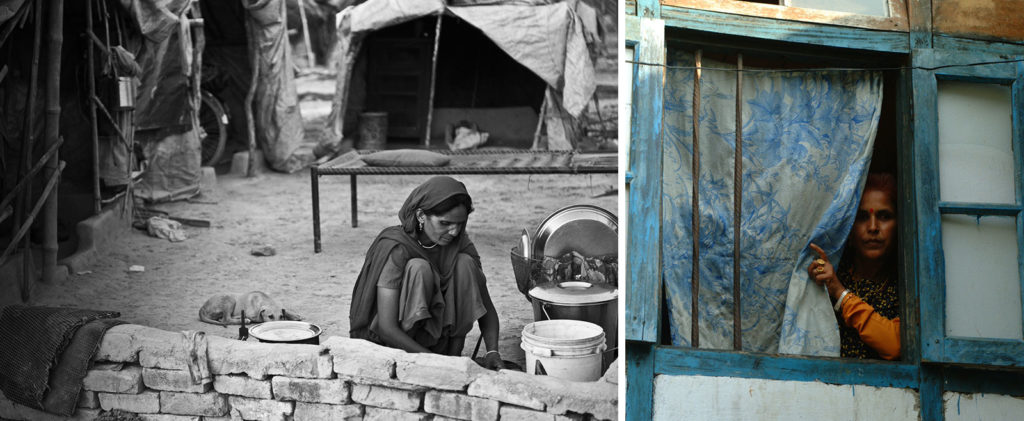
Violence against women stretches from country to country and takes on many forms. It is estimated that 1 in 3 women—globally—have or will experience abuse in their lifetime.
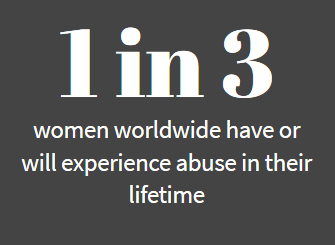 In 1993, the United Nations General Assembly defined violence against women as “any act of gender-based violence that results in, or is likely to result in, physical, sexual or psychological harm or suffering to women, including threats of such acts, coercion or arbitrary deprivation of liberty, whether occurring in public or in private life.”
In 1993, the United Nations General Assembly defined violence against women as “any act of gender-based violence that results in, or is likely to result in, physical, sexual or psychological harm or suffering to women, including threats of such acts, coercion or arbitrary deprivation of liberty, whether occurring in public or in private life.”
In 1999, it again reiterated this and established November 25 as International Day for the Elimination of Violence Against Women.
The World Bank released a report in 2014 titled “Violence against Women and Girls: Lessons from South Asia,” which categorized the various types of abuse and discrimination women endure throughout the stages of their lives. Female infanticide, child marriage, dowry violence, domestic violence between spouses and family members, sexual harassment, trafficking and honor killings are only some of the violence reviewed.
Violence against women in South Asia is particularly high. The World Health Organization (WHO) reports that the prevalence of violence against women in this region is at 37.7 percent, compared to “23.2% in high-income countries and 24.6% in the Western Pacific region.”
Gospel for Asia (GFA) field partners see the effects of this violence firsthand as they minister to battered women, abused daughters and neglected widows.
In 2014, Gospel for Asia (GFA) released a documentary film called “Veil of Tears,” profiling the gender-based violence that millions of women across Asia endure. It introduced us to Maloti, whose in-laws tried to kill her because she was of a lower caste than they; and Suhkwinder, who wanted to commit suicide because of the constant verbal abuse from her in-laws for not giving birth to a son.
These women, including Geeta, reveal the degrees at which a woman’s dignity is at stake—even snatched away.

But why are women targets of such abuse and discrimination? Why does it seem almost like a requirement for women to silently endure the violence done against them?
Gospel for Asia (GFA) would like to suggest it begins when people no longer see others as made in the image of God, as “knit from the same cloth,” as fellow human beings and citizens with equal rights and values.
Throughout the countries that make up Asia, women have been regarded as inferior to men. Historical traditions and customs permeate and perpetuate the worldview that females are less than men and should be treated as such. This perception taints the way people look at women and girls. What’s tragic is that this discrimination starts at conception.
Violence Against the Girl Child

Dr. Daniel, director of GFA-supported medical ministry in Asia, looked at the newborn bundled in her mother’s lap and knew this baby girl was in danger. She was emaciated. Her eyes sunk in their sockets. She struggled for breath, “as if someone had a stranglehold on her neck,” he said.
She wasn’t going to last long if they didn’t rush her to the hospital. He urged them to go, hurry, take her to the hospital. There wasn’t much he could do at this small medical camp in this rural village. Yet, even if she did make it to the hospital, Dr. Daniel wondered if it was just too late for this precious child.
A little later, he saw the mother again still holding her gravely ill newborn. She and her husband hadn’t gone to the hospital. He couldn’t comprehend why they still lingered; then the truth came out: They didn’t want to save their daughter. To them she was “a burden, another mouth to feed, an expensive dowry payment for a future husband.”
It’s widely known that Asia has a highly disproportionate ratio of men to women. The reason? Son preference.
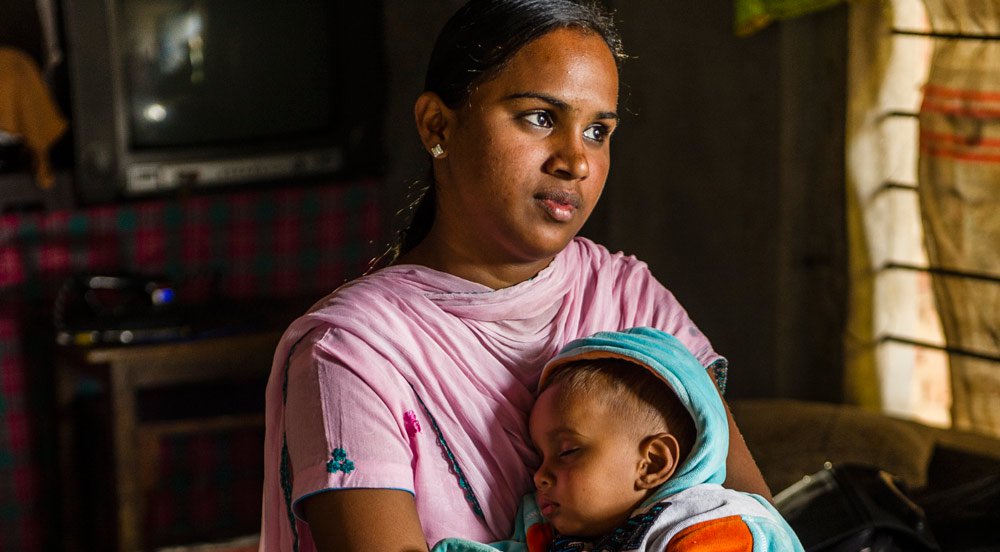
According to World Bank’s report, “Some degree of son preference is evident in most societies. But son preference so strong as to cause daughter aversion and consequent sex differences in child mortality in excess of what is biologically expected occurs only in a few parts of the world, of which South Asia is a prominent example.”
Mothers and fathers want sons. Sons bring honor to the family. Sons carry on the family name. Sons will provide for the family. Daughters, on the other hand, only result in debt. Parents raise them, spend money on their food and maybe their education only so they can become someone else’s “property” after they marry. Then they require a dowry, an obligatory “gift” from the bride’s family to the groom’s family, which is typically determined by the bride’s soon-to-be in-laws and places the bride’s family at their mercy.
They didn’t want to save their daughter. To them she was “a burden, another mouth to feed, an expensive dowry payment for a future husband.”
To avoid the “problem” of having a daughter and the impending burdens they bring, many parents will either abort the girl child or neglect them once they’re born, like that mother at the medical camp had done.
Even before they take their first breath, females are denied the basic human right to live.
The shocking issue of gendercide was revealed in the 2012 documentary called “It’s a Girl.” As stated on the film’s official website: “In India, China and many other parts of the world today, girls are killed, aborted and abandoned simply because they are girls. The United Nations estimates as many as 200 million girls are missing in the world today because of this so-called ‘gendercide’.”
 Think about it: 200 million girls and women who should be living and breathing right now, who could have made a contribution to their societies, who could have…changed the world. Yet they no longer exist, murdered even before they had the chance to live, or neglected without a care.
Think about it: 200 million girls and women who should be living and breathing right now, who could have made a contribution to their societies, who could have…changed the world. Yet they no longer exist, murdered even before they had the chance to live, or neglected without a care.
One nation in Asia (India) took a major step in preventing gendercide. In 1994, the government of India enacted the Preconception and Pre-Natal Diagnostic Techniques (Prohibition of Sex Selection) Act to address female feticide and sex-selection—prohibiting, in a word, “gendercide”. The authorities took it a step further in 2011 by condemning the “misuse of pre-natal diagnostic techniques for sex determination of fetuses leading to female feticide.” Clearly put: Ultrasounds became illegal in India, if they were intended to determine the sex of the baby for the purpose of abortion. For one of the world’s most populous nations, these are great steps to prevent discrimination against women.
The Indian government also enacted various other laws that protect women and their rights, including the Prohibition of Child Marriage Act, the Dowry Prohibition Act and the Sexual Harassment of Women at Workplace (Prevention, Prohibition and Redressal) Act, and many more.
Yet Gospel for Asia field partners still see the horrific results of gendercide: hospital dumpsters holding the dead bodies of newborn baby girls. They’ve seen the disregard—even hatred—some have for their daughters and have shared some of those stories with us.
One is the well-known story of Ruth, whose father despised her for being born a girl. Another is about a couple who threw their newborn baby girl in the hospital dumpster because she looked “abnormal.” And yet another is about a daughter who was called the curse of the family.
In each of these cases, these young girls faced discrimination and mistreatment on the sole basis of being female. The only thing they had done wrong is be born with the wrong anatomy.
The infant mortality rate among females in South Asia is 38.3 per 5,000 live births. Compare that to 5.5 for the United States and United Kingdom put together. Oxfam International reported once that “One in six deaths of a female infant in India, Bangladesh, and Pakistan is due to neglect and discrimination.”
The World Bank affirms this: “Much of the observed excess female child mortality is achieved not by outright infanticide or other physical abuse leading to death, but by more indirect forms of violence in the shape of neglect and discrimination resulting in death.”
Does life get any better for girls as they grow older? Let’s take a look.
Violence Against Young Women
Where Geeta lives, domestic violence is widespread. The World Bank’s study stated that “more than 60 percent of Indian women reported three or more episodes of physical or psychological violence in their lifetime.”
It begins when people no longer see others as made in the image of God, as “knit from the same cloth,” as fellow human beings and citizens with equal rights and values.
Three or more episodes of abuse, of violence, of shame.
Slapping, kicking, punching, choking. Rape, threats and insults. These—and many others—are all ways abuse manifests itself.
The excuses for abuse range widely. Some are as insignificant as a meal being cooked improperly, like what Geeta experienced.
Domestic violence invades the entire well-being of a woman. The body, the heart (emotions) and the soul (thoughts). Women tend to internalize physical and psychological trauma and rarely speak out about the violence done against them.
The reasons for this are unique to each individual, though there are some common threads, such as:
- considering violence, a “normal” or inevitable aspect of marriage
- fearing reprisal and additional violence if their spouse finds out they disclosed the mistreatment
- fearing the stigma and shame at being in a violent relationship
- bringing shame to their families upon disclosure
- feeling apathetic about their situation and believing that disclosure would resolve nothing
- believing the abuse is justified
Frequent and severe abuse can even lead women to contemplate or commit suicide out of sheer desperation.
In 2015, Gospel for Asia (GFA) published a story called “A Noose and a Miracle,” in which a young woman’s sickness and her family’s poverty wreaked havoc in her marriage, so much so that the young woman thought to take matters into her own hands. Here’s an excerpt:
“When expensive treatments performed by physicians and witch doctors gave Aamaal no relief [from her sickness], Gambheer’s heart broke, and he started to drink. He developed a violent temper and fought with his wife often. He blamed her for becoming sick and losing all his hard-earned money.
“One night, Gambheer came home drunk and beat Aamaal very badly without cause. At her wits end, the desperate woman found a rope and ran into the jungle to kill herself. Aamaal climbed a tree, secured the rope to a branch and wrapped it around her neck, intending to end it all…”
Aamaal’s story is not an isolated incident.
“Every six hours, somewhere in India, a young married woman is burned alive, beaten to death, or driven to commit suicide,” reported Oxfam International.
Further research from Oxfam reports that 80 percent of Pakistani women endure domestic violence, and 47 percent of women in Bangladesh have experienced some kind of physical abuse at the hands of an intimate partner. The report states, “In Afghanistan, there is a significant incidence of rape, forced marriage, abductions, and assaults. … Statistics are scarce, but in 2003, an Amnesty International report indicated a high incidence of such violence.”
Violence against women is a worldwide problem, even in the United States of America.
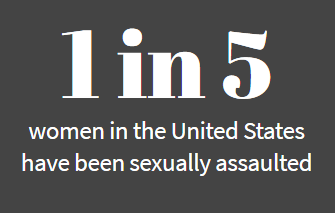 In the wake of the recent #MeToo movement, sexual assault and violence against women in American and other Western countries have made headlines in unprecedented volume. According to a 2010 survey by the Centers for Disease Control and Prevention, one in five women have experienced some form of sexual assault in the United States, and many say they have been raped.
In the wake of the recent #MeToo movement, sexual assault and violence against women in American and other Western countries have made headlines in unprecedented volume. According to a 2010 survey by the Centers for Disease Control and Prevention, one in five women have experienced some form of sexual assault in the United States, and many say they have been raped.
The shame and ridicule associated with talking about sexual assault, along with the seeming inaction of law enforcement, have led many women to keep silent, believing their story was not worth sharing. But in 2017, when allegations of sexual misconduct against Hollywood movie producer Harvey Weinstein became public, many women broke their silence and shared their negative experiences. The impact of their voice led TIME magazine to name this group of women the Person of the Year, calling them “The Silence Breakers.”

There’s also the problem of women experiencing assault on America’s college campuses. It’s escalated to the point where the college environment has been labeled as a “rape culture” in which men can get away with sexual assault.
In 2015, The Association of American Universities surveyed 27 campuses in the United States and found that 23 percent of female undergraduate students had experienced sexual assault or sexual misconduct. The United Nations Entity for Gender Equality and the Empowerment of Women also reported: “Around 120 million girls worldwide (slightly more than 1 in 10) have experienced forced intercourse or other forced sexual acts at some point in their lives.”
The staggering numbers about this brutal violence against women cannot be ignored. While it’s an issue in our own backyard—preventing violence against women presents unique challenges all around the world.
In some regions of Asia there’s the issue of dowry, which has perpetuated suicide and violence against women in Asia. While dowry is common across the globe, the violence that can occur because of it is unique to South Asia.
World Bank defines dowry violence as, “Violence perpetrated on an incoming bride by her spouse or marital family in retaliation for her and her family’s inability to meet the dowry demands of the groom or his family or when the intended groom wishes to remarry to obtain another dowry. Dowry violence may take the form of harassment that leads to death, known as ‘dowry death.’”
In a report published by WHO titled, “Suicide and Suicide Prevention in Asia,”
it stated that “When dowry expectations are not met, young brides can be harassed to the point where they are driven to suicide.”
In South Asia, dowry plays a key role in the high level of violence within marriage. In 2015, India’s National Crime Records Bureau reported 1,335 suicides among married women between the ages of 18–30. The reason? “Dowry Related Issues.”
Then there are the uncounted cases of murder that are meant to look like suicide.

In GFA’s “Veil of Tears,” a woman named Emilika shared the story of her cousin whom they believed had committed suicide because of the pressure she was under by her husband to produce more dowry.
“I had one cousin whose husband also demanded more dowry after they were married,” Emilika told Gospel for Asia (GFA). “But my uncle could not afford it. After a few months of marriage, we were told that she committed suicide. A short time later the same man married another woman and was once again married only a few months, and his new wife also died of suicide. But it was later discovered that she was murdered. This brought us to the conclusion that my cousin had never committed suicide. She was killed by her husband because of dowry.
“I know of many other incidents that have happened with my relatives and friends whom I used to go to school with, and I can tell you that a few of them got burned alive.”
In 2015, India reported 7,634 dowry deaths, which was a 9.7 percent decrease from the previous year. That gives hope there are positive changes happening.
One of the first things that Prime Minister Shri Narendra Modi of India did after coming into office was to speak on behalf of women and to seek to bring change to their treatment in India.
Dr. K.P. Yohannan, founder of Gospel for Asia (GFA), wrote in a recent blog post, “[It] is good, even as we remember the huge need, to also thank God for all the good things that are happening. One of the first things that Prime Minister Shri Narendra Modi of India did after coming into office was to speak on behalf of women and to seek to bring change to their treatment in India. Numerous laws were put in place in efforts to make it more difficult on the perpetrator in rape cases and to ultimately try to make it safer for women. I thank God for the Prime Minister taking very seriously bringing justice to those who are being abused and cast away.”
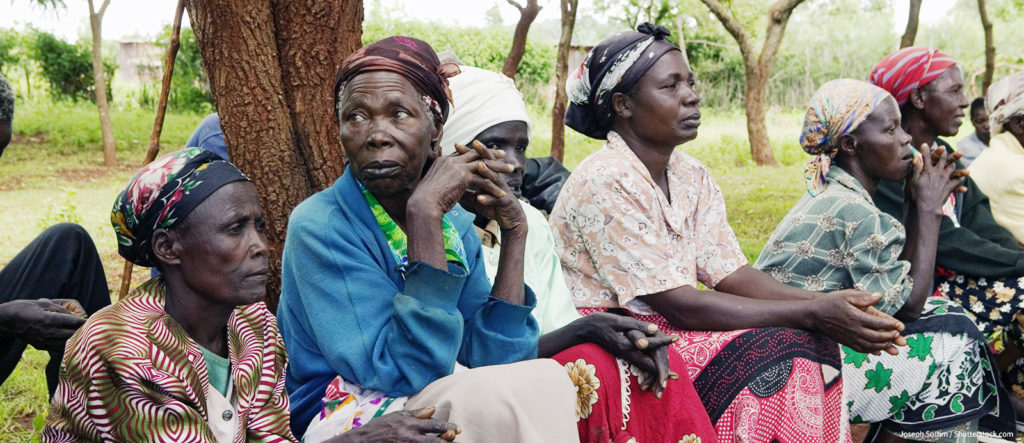
If a woman happens to escape the abuse so common in marriage, what happens to her once she is no longer married and becomes a widow? Does the violence end?
Violence Against Widows
“Gulika’s life drastically changed the day her husband died. … Bearing the title ‘widow’ was a heavy weight to carry. The sharp, condemning words of the villagers stung Gulika’s already broken heart. Because of this, the pain of losing her husband increased all the more. It seemed that every time she stepped out of her home, she wasn’t safe from their harsh criticism.
“The villagers’ believed Gulika was cursed. They were even afraid that if she passed them on the street, she would bring them bad luck. This shame and rejection, on top of the reality of her husband’s death, grew unbearable. Soon Gulika fell into deep emotional despair.”
Condemnation. Shame. Rejection.
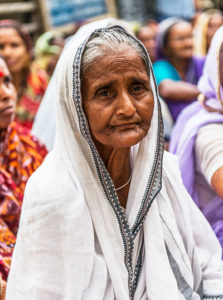
Gulika, like so many other widows in South Asia, incurred the blame for her husband’s death—even though he had died crossing railroad tracks as an oncoming train headed his way. But that didn’t matter. The cause of a husband’s death, no matter how arbitrary or natural, is blamed on the wife.
People believe the husband’s death came about because the wife is a curse, a bad omen. They may strip her of her jewelry, shave off her hair, and force her to wear a white-colored sari, signifying she no longer has any “color” and must spend the rest of her days on earth in mourning. Often, she’s cast out of the home, left with no property and no way to fend for herself. She no longer has any family unless she has dependent children. In order to survive, she may need to beg or turn her body over to prostitution.
There are more than 57 million widows in Asia—and it transcends ages and social statuses. A person can become a widow as young as 7 years old (depending on if they were forced into a child marriage) or can come from a wealthy, high-class family. But once a girl or a woman bears the name “widow,” who they were before no longer matters. They’re obligated to live out the rest of their lives forgotten, shamed and without any hope.
The cause of a husband’s death, no matter how arbitrary or natural, is blamed on the wife.
In an article published by National Geographic, journalist Cynthia Gorney was able to get an insider’s view on the plight of widows. In one interview, she noted the “fury” a social worker named Laxmi Gautam had when talking about the condition of widows:
“We asked whether Gautam had ever imagined what she would change if she were given the power to protect women from these kinds of indignities. As it turned out, she had. ‘I would remove the word ‘widow’ from the dictionary,’ she said. ‘As soon as a woman’s husband is gone, she gets this name. This word. And when it attaches, her life’s troubles start.’”
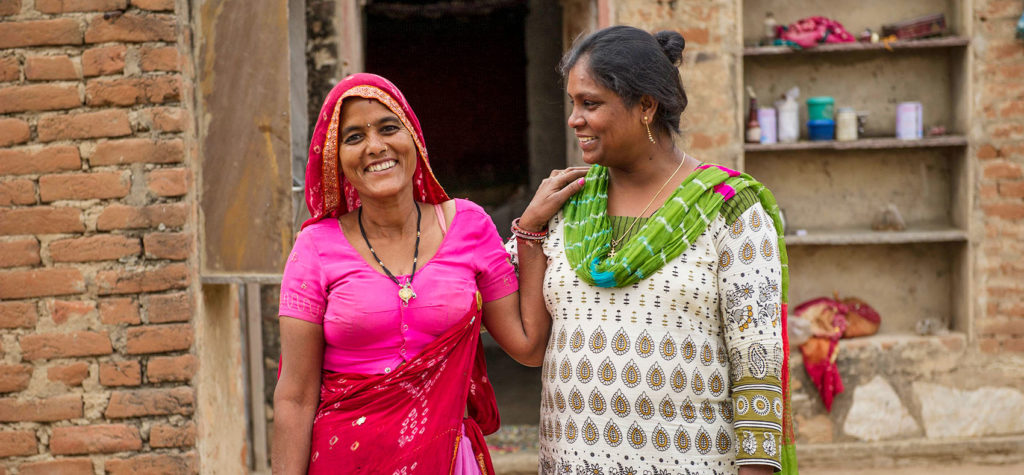
When Will Violence Against Women End?
From one stage of life to the next, it would seem the women of Asia hardly get any reprieve from abuse and discrimination. Violence against women is “from the womb to the tomb,” as the old saying goes.
But in the midst of such gloom, Gospel for Asia (GFA)—and other governmental and non-governmental organizations working on behalf of women’s rights in Asia—is seeing a new dawn rising for hundreds of thousands of women.
As women experience the love of fellow human beings who are willing to serve and minister to them, their understanding of their worth and value in society is elevated. Gospel for Asia-supported workers, including men, treat each girl and woman they meet with respect. They speak words of life into the hearts of women who’ve silently suffered violence, letting them know they matter, they are important, they are valuable, they are loved—even if the rest of society doesn’t believe so.
Remember Aamaal, the woman who tied a noose and was planning on hanging herself to escape her husband’s abuse? She didn’t jump. She didn’t kill herself. Instead, a relative offered her hope in the name of Jesus and led her to a compassionate GFA-supported pastor. Because of that, her life changed—and her husband experienced renewal too! He no longer drinks. He no longer beats his wife, and Aamaal is no longer living the life of an abused woman.

When Geeta’s abusive husband left her, she went from fear to despair—not relief. She faced pressure to sell her body as a prostitute, and she eventually started working as one. But one of her friends, a believer, knew there was a better way to live. She shared loving counsel with Geeta, something she had been searching for.
The hunger and poverty Geeta and her children faced remained a problem, however, until Geeta’s children were enrolled in a Gospel for Asia-supported Bridge of Hope center. The local church has also came alongside the family, helping them find a safer place to live and provided help and encouragement.
As GFA-supported workers lead their congregations to truly value women, whole portions of society are showing women respect they’ve never experienced before. Believers can be heard thanking God for their newborn baby girls. They educate their daughters to give them a future of their own. They refuse to receive dowry as a testimony to the love of Christ. And when their sisters in Christ become widows, they embrace and support them rather than reject them.
Gospel for Asia-supported Initiatives Helping to End Violence Against Women
Through various GFA-supported initiatives, girls and women have opportunities to reach heights they were once barred from reaching because of their gender.
Literacy Training
provides adult women with the opportunity to learn how to read and write—skills they never had the chance to learn, most likely because in the minds of many parents, a girl’s education is not worth investing in.
Health Care Seminars
teach women how to properly take care of their pregnancies, their babies, their homes and families, which empowers them inside the home.
Gospel for Asia’s Bridge of Hope Program
is a child sponsorship program that helps keep young girls off the streets and provides them with an education—while teaching every student how boys and girls are created equal in God’s sight.
Income-generating Gifts
give impoverished women the ability to take care of themselves and their families if their husbands are struggling to provide, unemployed, or incapacitated due to alcohol or other addictions. Vocational training makes it possible for women to learn skills that will help them find good jobs—or even start their own business!
At the heart of many of these initiatives are GFA-supported women missionaries and Sisters of Compassion, specialized women missionaries. They stand beside and advocate for the rights of abused and neglected women. They show others how to love and care for the people around them, regardless of their gender. Through them—and the guidance and teaching of male pastors and missionaries who see each woman as precious, valuable and made in the image of Almighty God—violence against women is ending. Women are enjoying new life safe from hands that once sought to abuse them.
As for Geeta, she has a solid group of people who have stood with her through her hardships. We, too, can come alongside women like Geeta. Through our prayers and support of national workers, we take part in helping end the violence against women in Asia.
When we come alongside GFA-supported workers, we empower them to empower others. We have seen the fruit of these efforts over and over again, and by God’s grace, we will see more and more women set free—physically, emotionally and mentally—from the abuse and neglect they’ve known their entire lives.
To read more on Missions Box on this serious global problem of ongoing violence against women, go here.
For more information about this, click here.

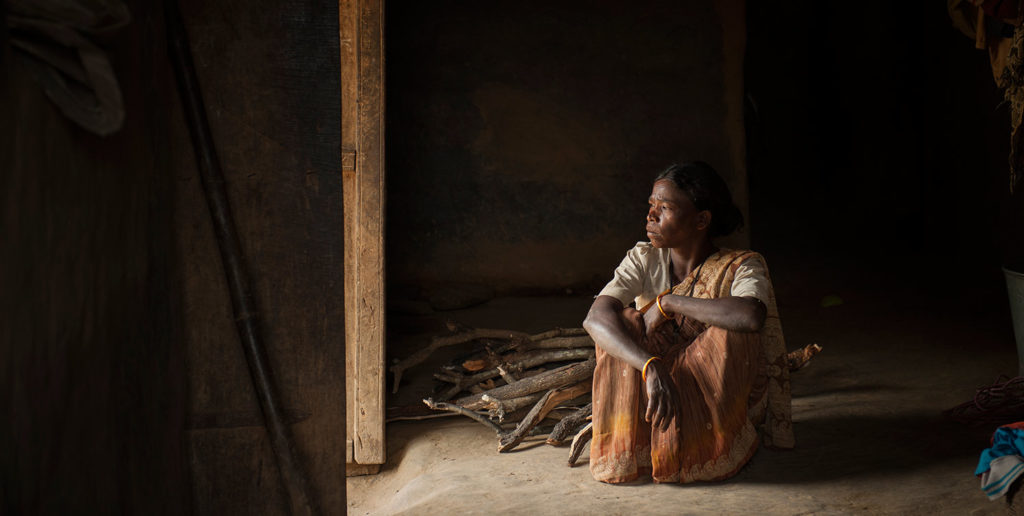
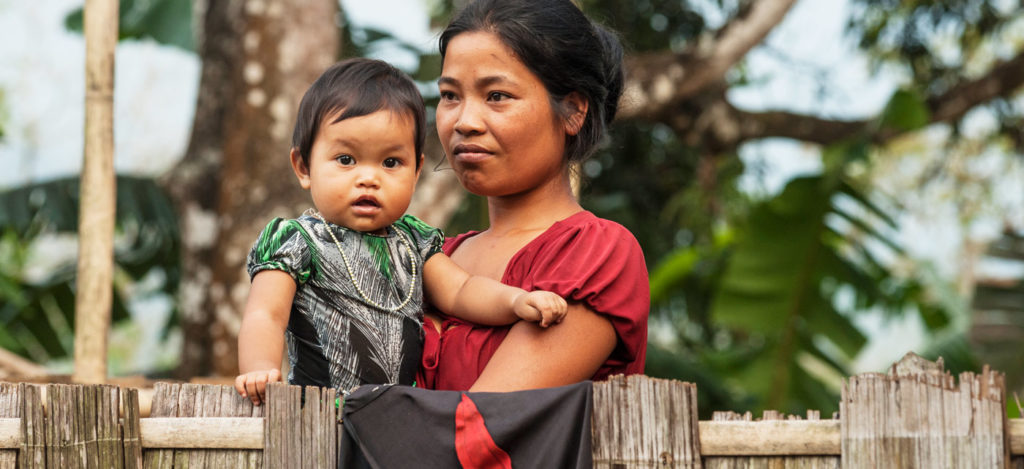

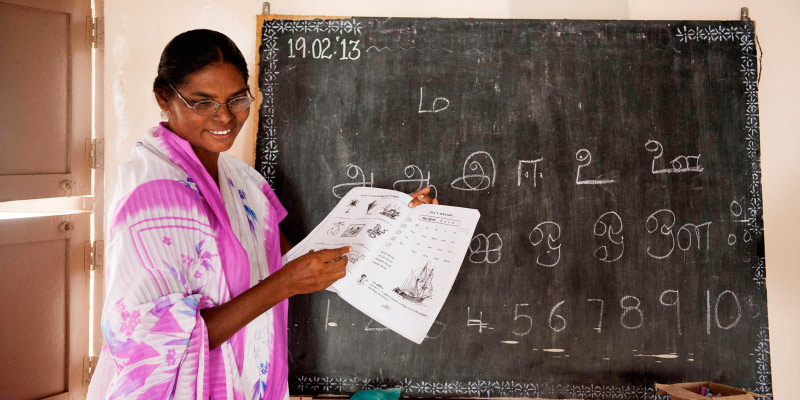
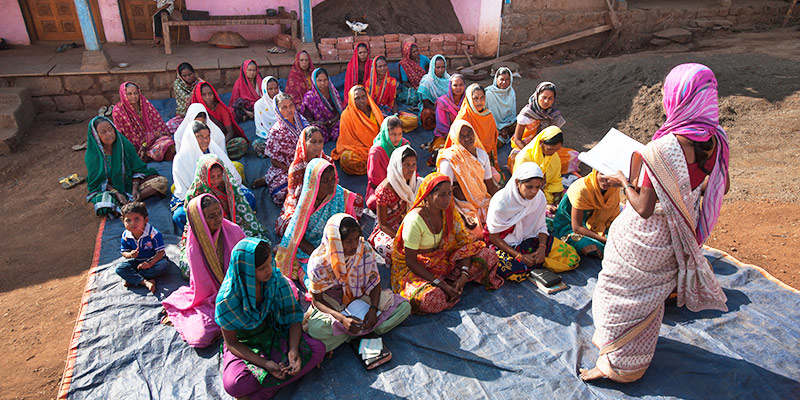
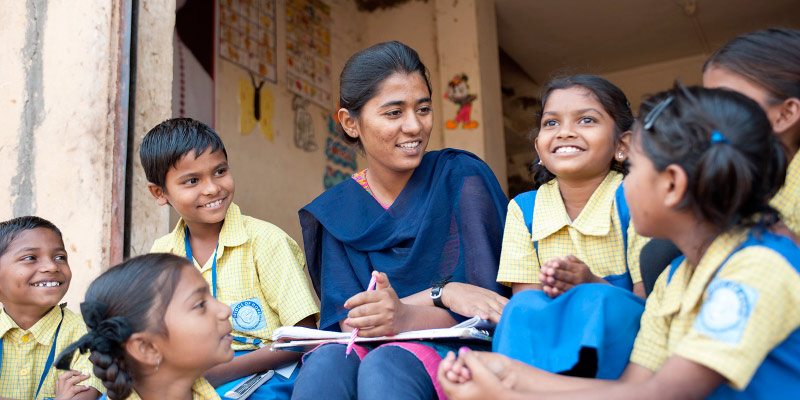
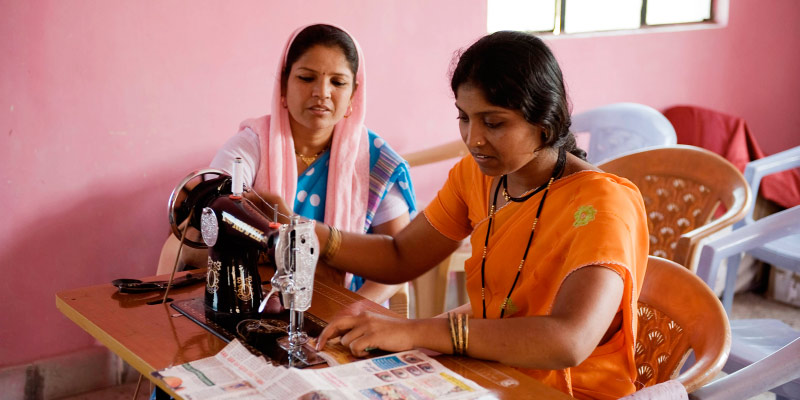
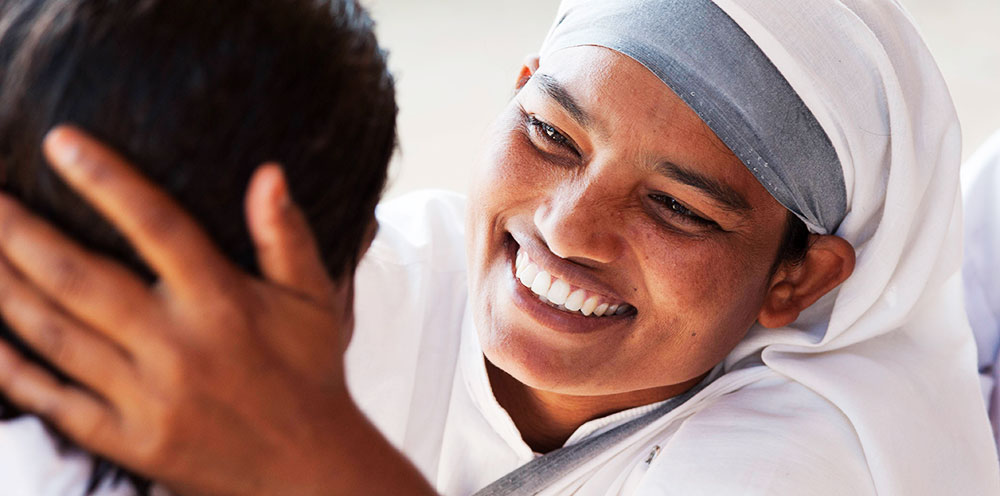


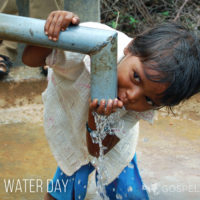

One comment